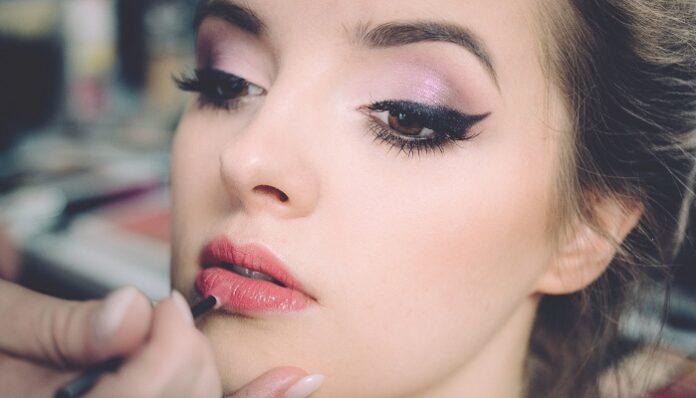
It’s often difficult picking and choosing an eyeshadow palette or lipstick color. Even if we listen to influencers, the shade may look different on ourselves.
However, don’t sweat. There are plenty of secret methods to determine which color looks the best on you. Sure, color analysis seems to be challenging because of all the information. But in reality, it isn’t so hard.
If you’re looking to color analyze yourself, here are the steps:
Finding Undertone
You can begin by finding the undertone of your skin. There are three categories of undertones: neutral, warm, and cool. There are two methods to do find which one you are:
1. Vein Test.
Start by looking at your veins on your wrist. Are they green, blue, or a mixture of both? If they are green, chances are that you have a warm undertone. If they’re blue, you have a cool undertone. And if you see both, you most likely are neutral.
2. Jewelry Test.
Do you tend to gravitate toward gold or silver jewelry more? If the answer is gold, you most likely have warm undertones. And if the answer is silver, you most likely have cool undertones.
Once when you find your undertone, you can consult the following picture to choose your colors:
Eye and Hair Color
Analyze your eye color. Some cool colors include green, gray, blue, or violet, and some warm colors are hazel, brown, and amber. For hair, some cool colors are black, gray, ashy brown, and platinum blonde, and some warm colors are auburn, ginger, and rich brown.
Eye and hair color can also help you identify contrast. For example, if your hair is relatively way darker than your skin tone, you have high contrast. Whereas if there is not much of a difference between your hair color and skin tone, you have low contrast. An example of low contrast is blonde hair with pale skin.
Tally Your Results
Analyze the overall undertone of your hair, eyes, and skin. There is a spectrum from warm to cool, with warm-leaning and cool-leaning being in the middle. For example, if you have platinum blonde hair, blue eyes, and pink undertones, you will be considered cool. However, if you have rich brown hair, blue eyes, and pink undertones, you will be considered cool-leaning, as you have one warm feature –- the rich brown hair.
However, if you have one warm feature, one cool feature, and neutral skin, you can go for the warmer or cooler colors within the middle of the spectrum.
Find Your Color Season.
You can now use the information to find your color seasons. The color seasons are divided into four sections: Spring, Summer, Autumn, and Winter.
The Spring season often means that you have lower contrast, and are warm leaning. You may have one cool feature, which is often the eyes. If you’re Spring, soft and pastel colors such as baby pink, sky blue, and minty green will look good on you.
The Summer season often means that you have higher contrast, and are fully on the cool side of the spectrum. If this is the case, dark and light colors, often with a blue undertone, will suit you. Some of these include different shades of blue and green.
If you’re in the Autumn season, you have lower contrast, and are fully on the warm side of the spectrum. Earth tones will look good on you, plus reds and oranges.
If you’re in the “Winter” season, you have higher contrast and are within the spectrum of warm- to cool-leaning. Colors such as different shades of pink, dark earth tones, blue, and black will suit you.
Although it is difficult to pick your makeup color palette, you can break it down by analyzing different features of your face. You can also look into your wardrobe and examine which colors you prefer.
If you continue to have trouble choosing a color, here is a hint: medium earth tones, as well as blue and pink shades, will look good on everyone. So go for those classics.
Feature Image by freestocks on Unsplash


















